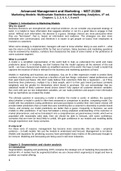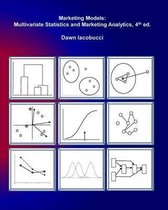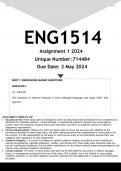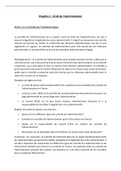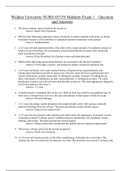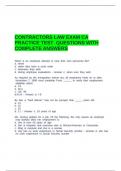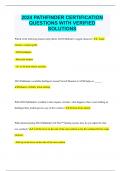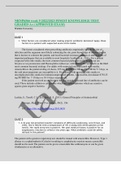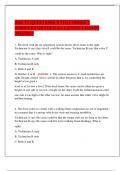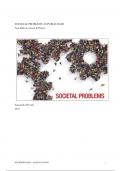Samenvatting
Summary Marketing Models: Multivariate Statistics and Marketing Analytics
- Instelling
- Wageningen University (WUR)
- Boek
- Marketing Models
This summary contains part of the book: Marketing Models: Multivariate Statistics and Marketing Analytics (4th edition), written by Dr. Dawn Iacobucci. It contains the complete chapters: 1, 2, 3, 4, 6, 7, 9 and partly chapter 8 (ANOVA). including all the sub sections and some important figures. Thi...
[Meer zien]
